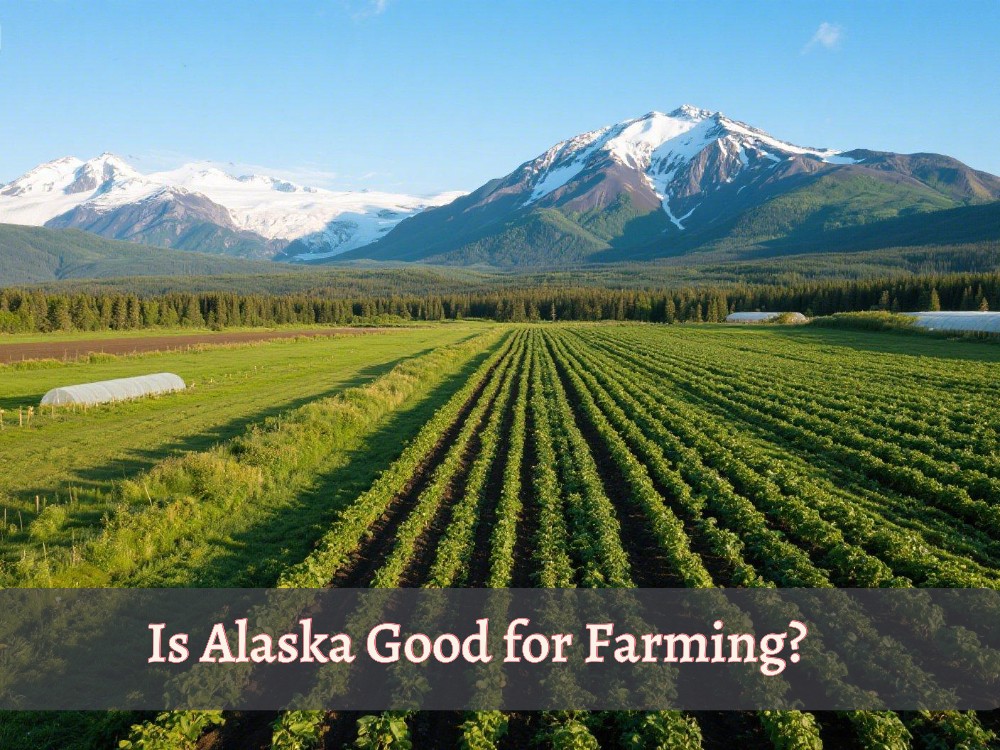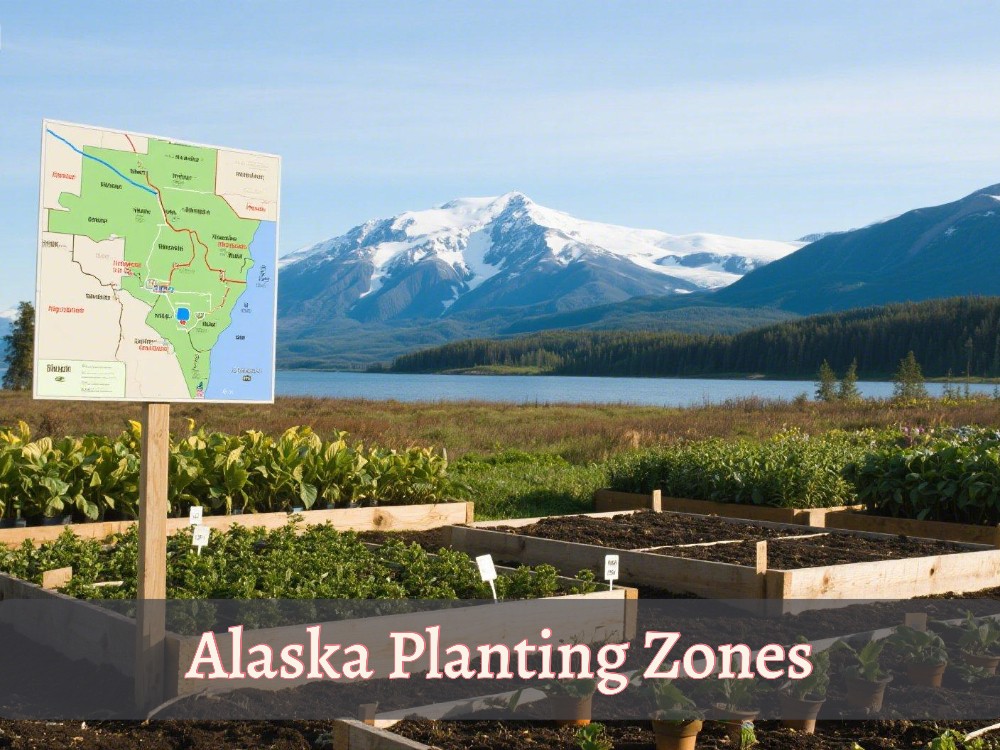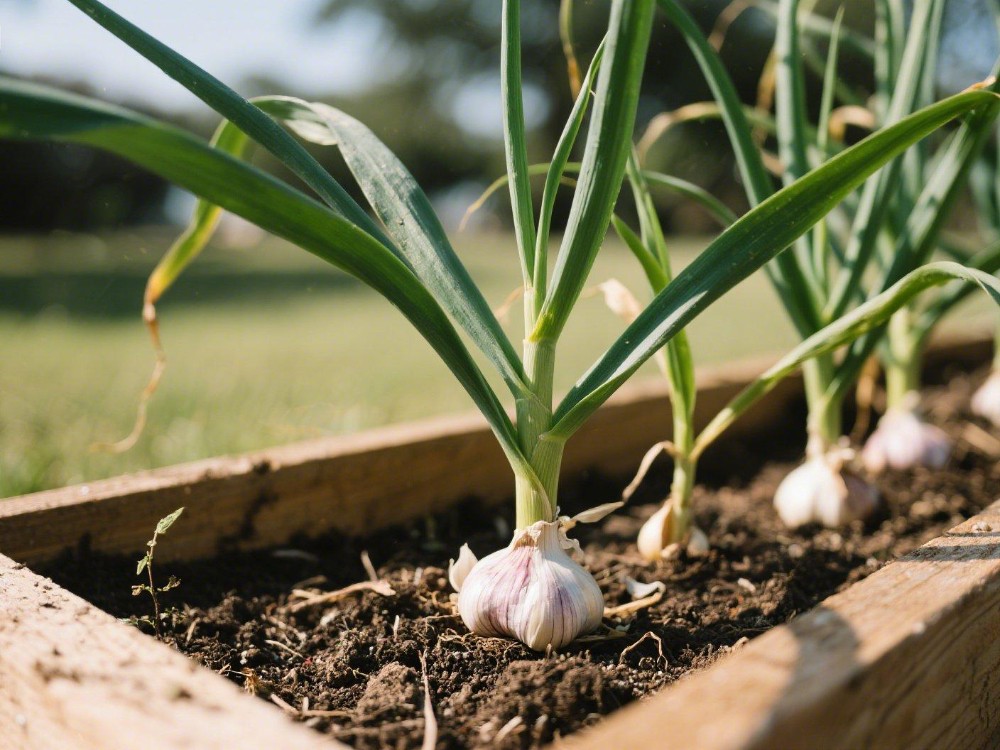Alaska, of which most parts are covered with snow, is added to the list of those regions where agriculture seems an impossible dream, apparently. Is it really like that?
As all plants are influenced by environmental factors, I think a lot about making our environment and agriculture the best and most sustainable, not only in my country but also around the whole world.
I considered it my responsibility to research the aspects and make people aware of their environmental situation and its effect on agriculture, whether in Pakistan or Alaska.
I believe that agriculture is not only a food and products but also the foundation of human life, economic stability, and ecological balance. This passion motivated me to write about farming in Alaska.
Is Farming in Alaska Possible?
Yes, farming and agriculture are becoming possible and easy in Alaska due to climate change and modern technology. However, Alaska’s history consists of some failed projects in agriculture, but this is making its experiences better.
Hsc.org mentioned that the climate is truly changing in Alaska. The effects of climate change have been evident in Alaska for the past 60 years. This effect has also had a major impact on agricultural and farming activities in Alaska.
The temperature that was 60 years ago in Alaska is now warmer than before, which has a positive impact on agriculture. The reason for climate change in Alaska is due to various human activities and natural changes in the environment.
Agriculture History of Alaska
In the 1970s and 1980s, the Alaskan government launched several projects to provide loans and land to farmers so that they could expand farming. However, these projects were not successful due to less experience, natural disasters, and market price drops. Reference PDF
Today’s agriculture can more enhanced from these experiences and adopt more sustainable and successful methods of farming in Alaska. However, modern technology in agriculture has a significant role in making agriculture and farming more successful in Alaska.
Due to increasing climate change in Alaska, farming possibilities are growing year by year. During 2002 and 2012, the number of small farms grew by 67%, meaning that farmers had expanded food production at the local level and strengthened the food supply chain.
Alaska Food Requirements
Most food sources are coming from external countries at expensive prices. According to the USDA Department of Agriculture, food prices have increased by 7.9% nationwide from 2021 to 2022. The import ratio of food products in Alaska has reached 95%.
The Alaskan farmers have a big opportunity to sell fresh produce to local people at reasonable prices. Since local produce demand is consistently growing, you see a clear “gap” for new farmers, which includes high-profit, low-cost marketing and the opportunity to participate in food security.
As a citizen of your state, practicing gardening or farming provides an interesting opportunity to connect with nature, fresh produce to stay healthy, and a chance to strengthen the local economy.
Not only a farmer but also an ordinary gardener can grow vegetables and herbs at home and get fresh nutrients, reducing the dependence on expensive imported food across the state.
Organization and Programs for Farmers in Alaska
Several programs and organizations in Alaska are working to provide facilities, guidance, and opportunities to grow their crops. The Alaska Department of Natural Resources (DNR) is active in performing land, water, and agriculture policies at the state level.
The University of Alaska Fairbanks (UAF) Cooperative Extension Service offers educational workshops, research-based information, and technical training to enable farmers to improve their produce according to seasonal situations.
The Natural Resources Conservation Service (NRCS) is a federal agency that helps farmers in Alaska with soil conservation, water management, and environmentally friendly farming techniques.
Alaska Farm Bureau, which is a private organization, works to highlight farmer issues, have a voice in policy-making, and strengthen the agriculture community.
All of these constituents are available to provide resources, guidance, the right information, technical assistance, and community support.
The Growing Season in Alaska and Its Advantages
By the way, Alaska is very different than other states of the U.S., its short-growing season offers a specific chance for farming in Alaska. Although the growing season in Alaska is usually 90 to 120 days, during the longer sun shines during these days, the crops get extra light, helping vegetables, berries, root plants, and even crops like wheat produce a good yield.
As a farmer or gardener, you have to explore the first and last frost dates in your area and start planting according to reliable resources guidance, or local experts.
Farming Challenges in Alaska and Their Solutions
Along best opportunity and less competition, there are also some challenges, especially during the frost phase. Occurring frost, snowfall, and rainfall suddenly, even after the last frost date, can highly affect plant growth.
Low tunnels, high tunnels, and greenhouses are useful to protect crops from these challenges. Additionally, using local seeds and sowing them at the right time in well-prepared soil are effective solutions to protect yield during challenging situations.
Final Thoughts: A Farming Mission in Alaska
Farming or gardening in Alaska is not only a business but a mission to make your area food secure and independent. Today, Alaska has to import expensive food from outside; if you participate in growing local produce, you can provide fresh food to yourself, your family, and the local community.
It would be a positive step toward sustainable farming in Alaska, which has a cold climate. Plant seeds today to improve your land, planet, and community to make a brighter future. Thank you!
If you are planning to move from another state with your houseplants, don’t miss this helpful guide from the Redfin blog on how to move with plants , where our tip is also mentioned.






